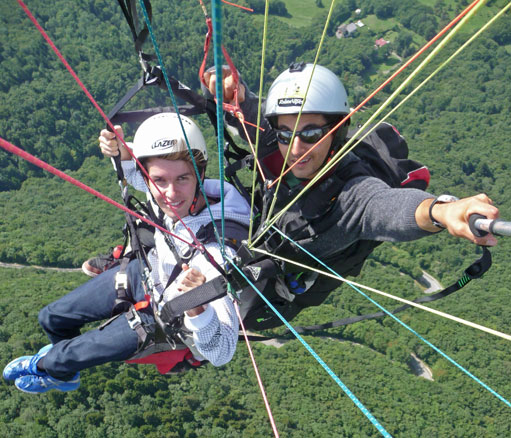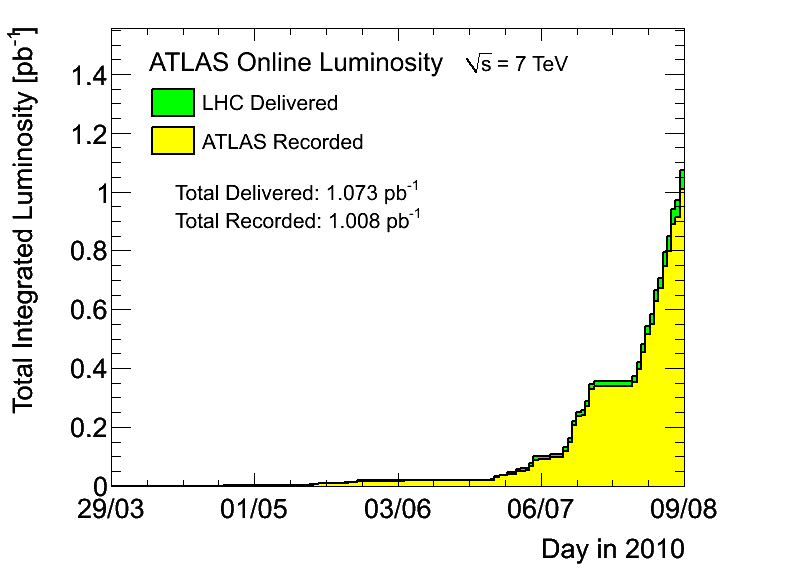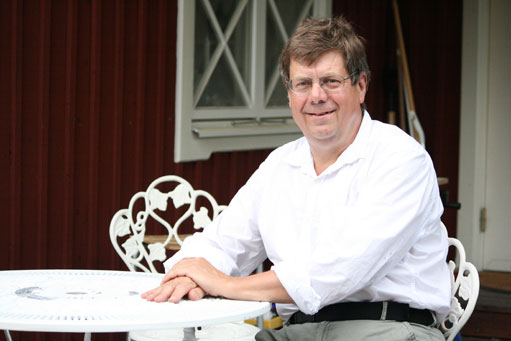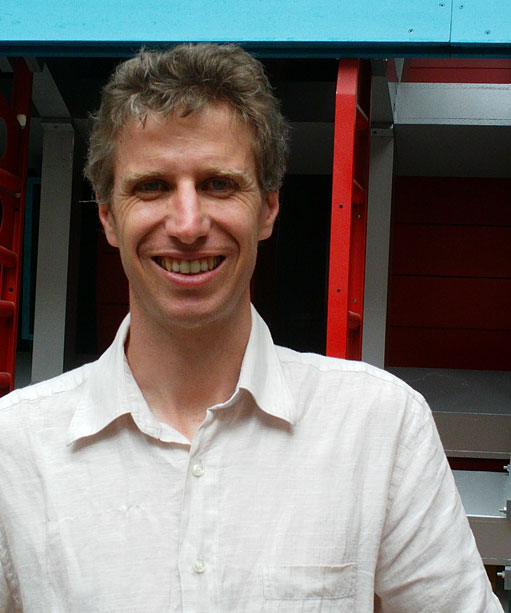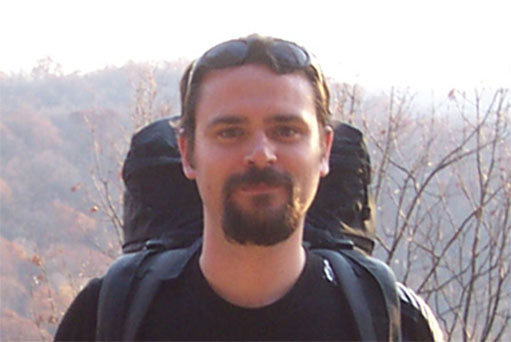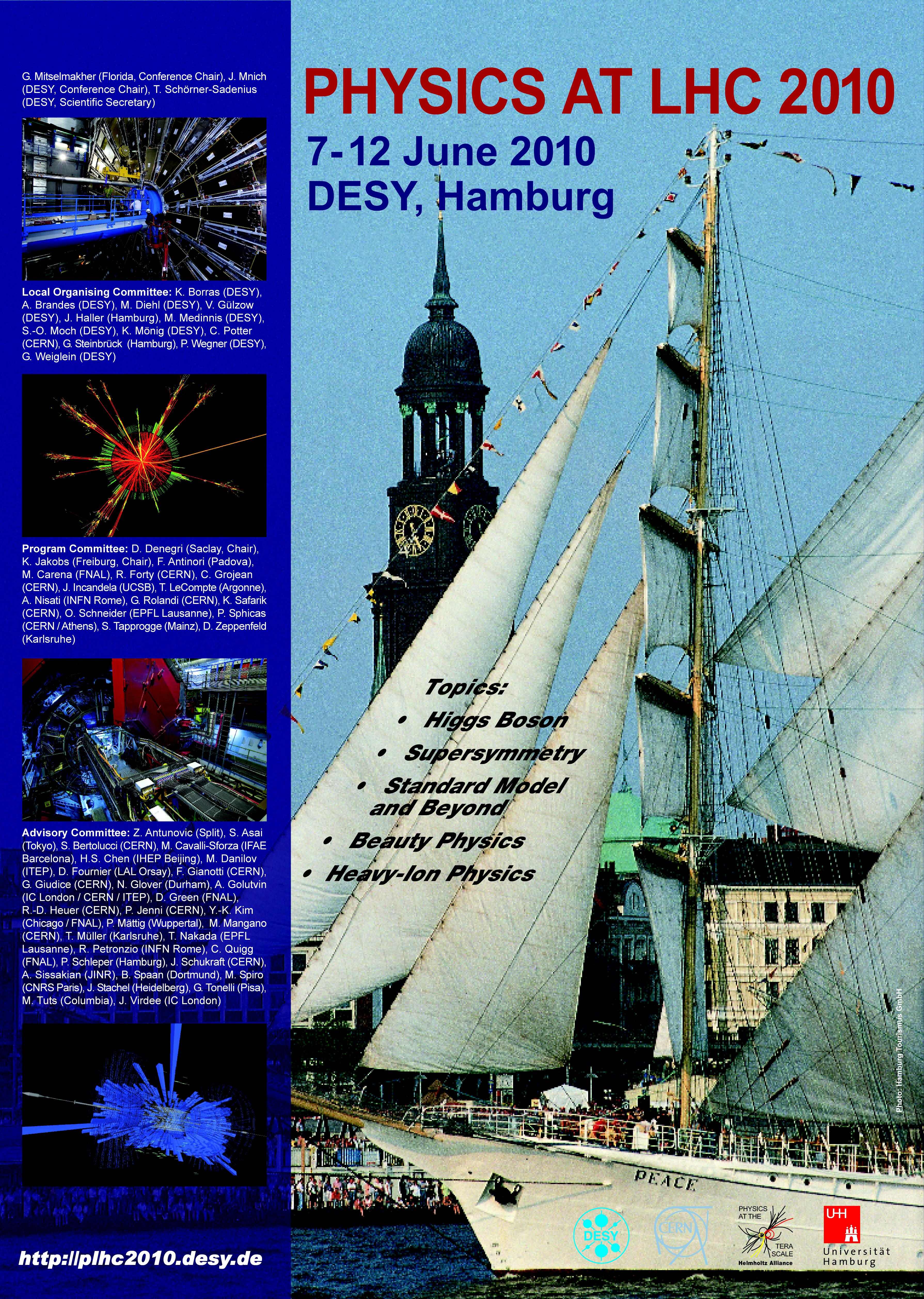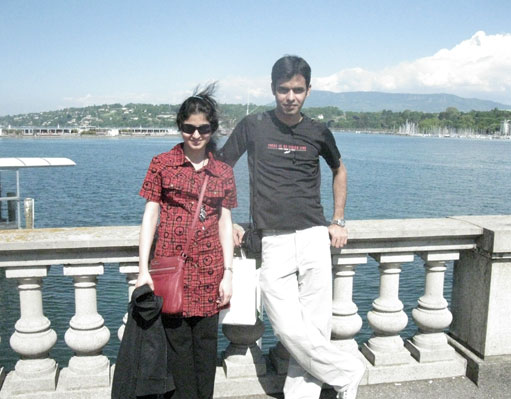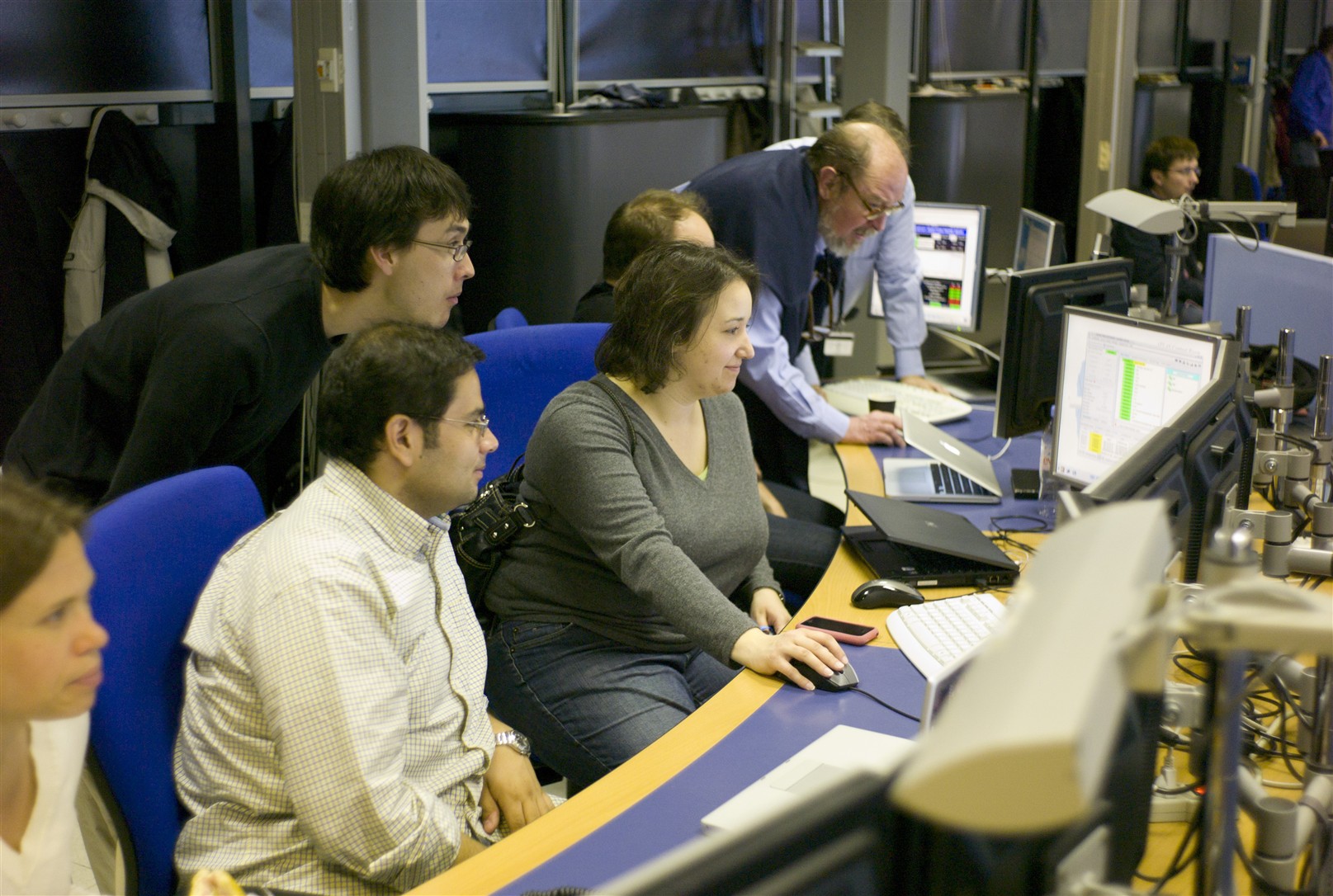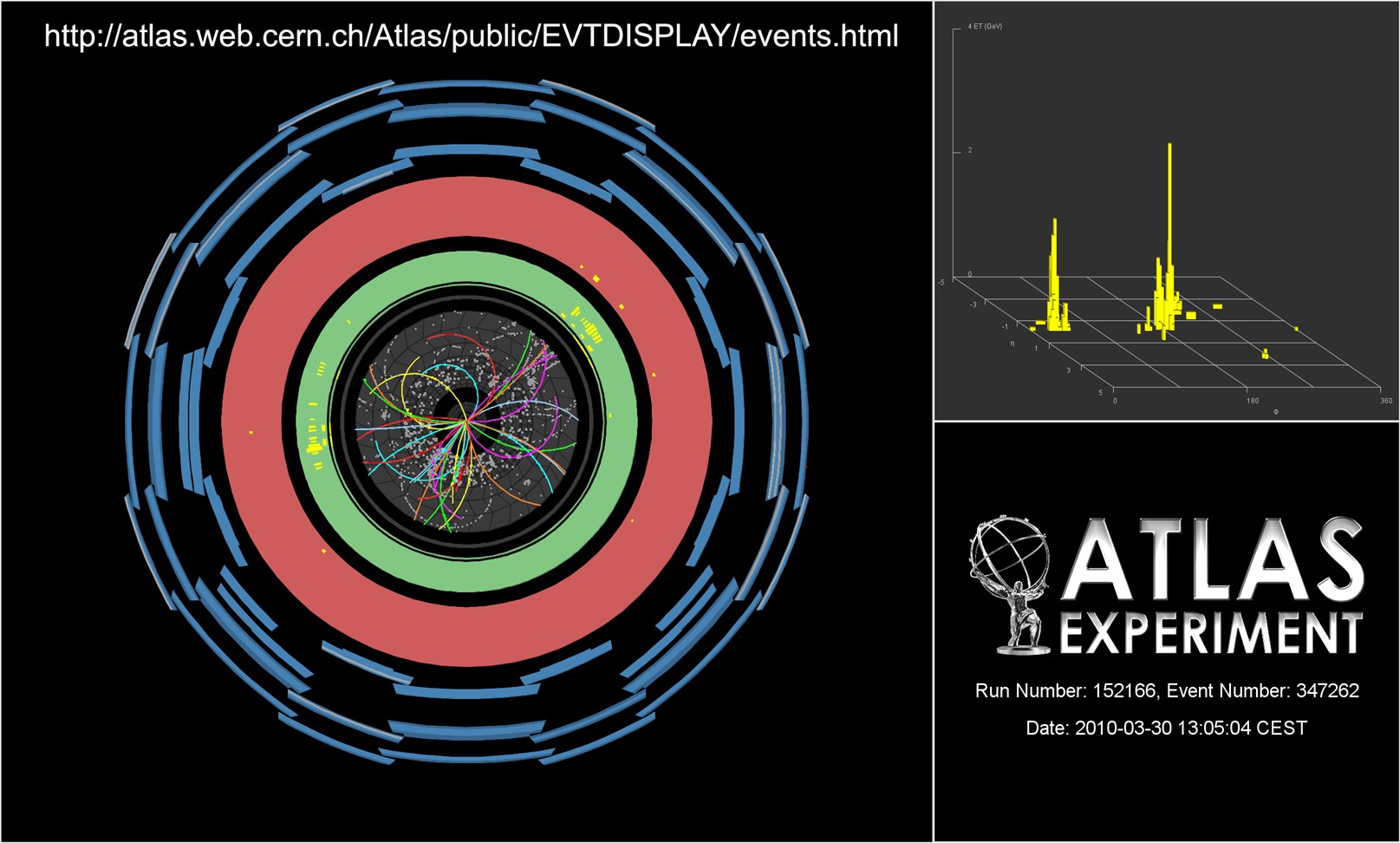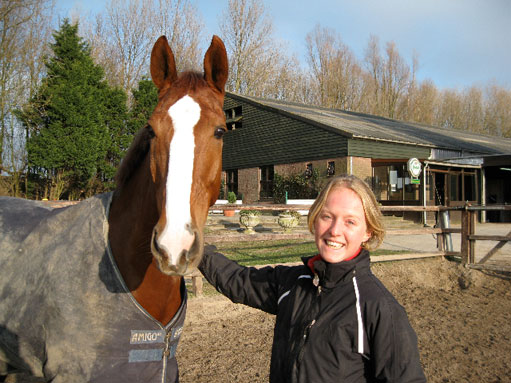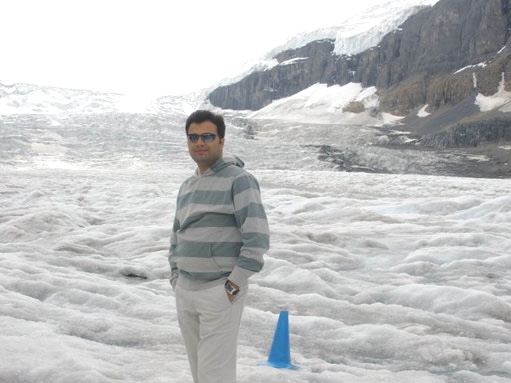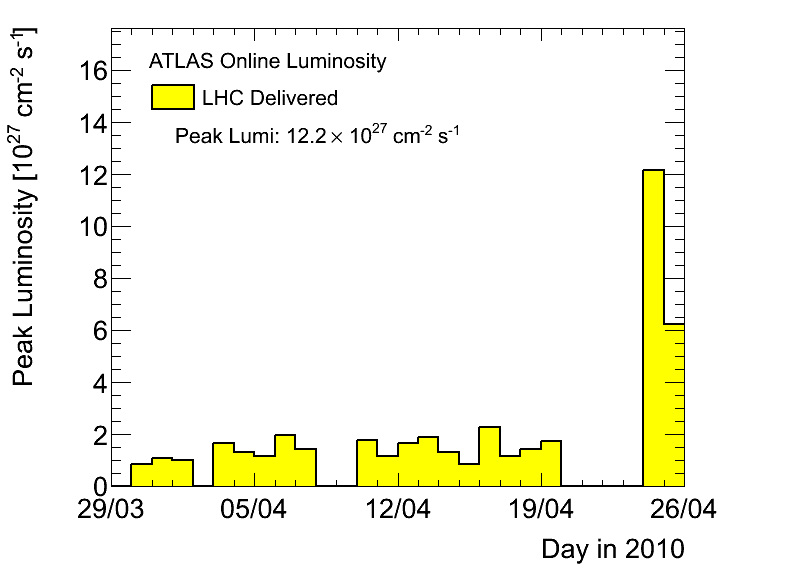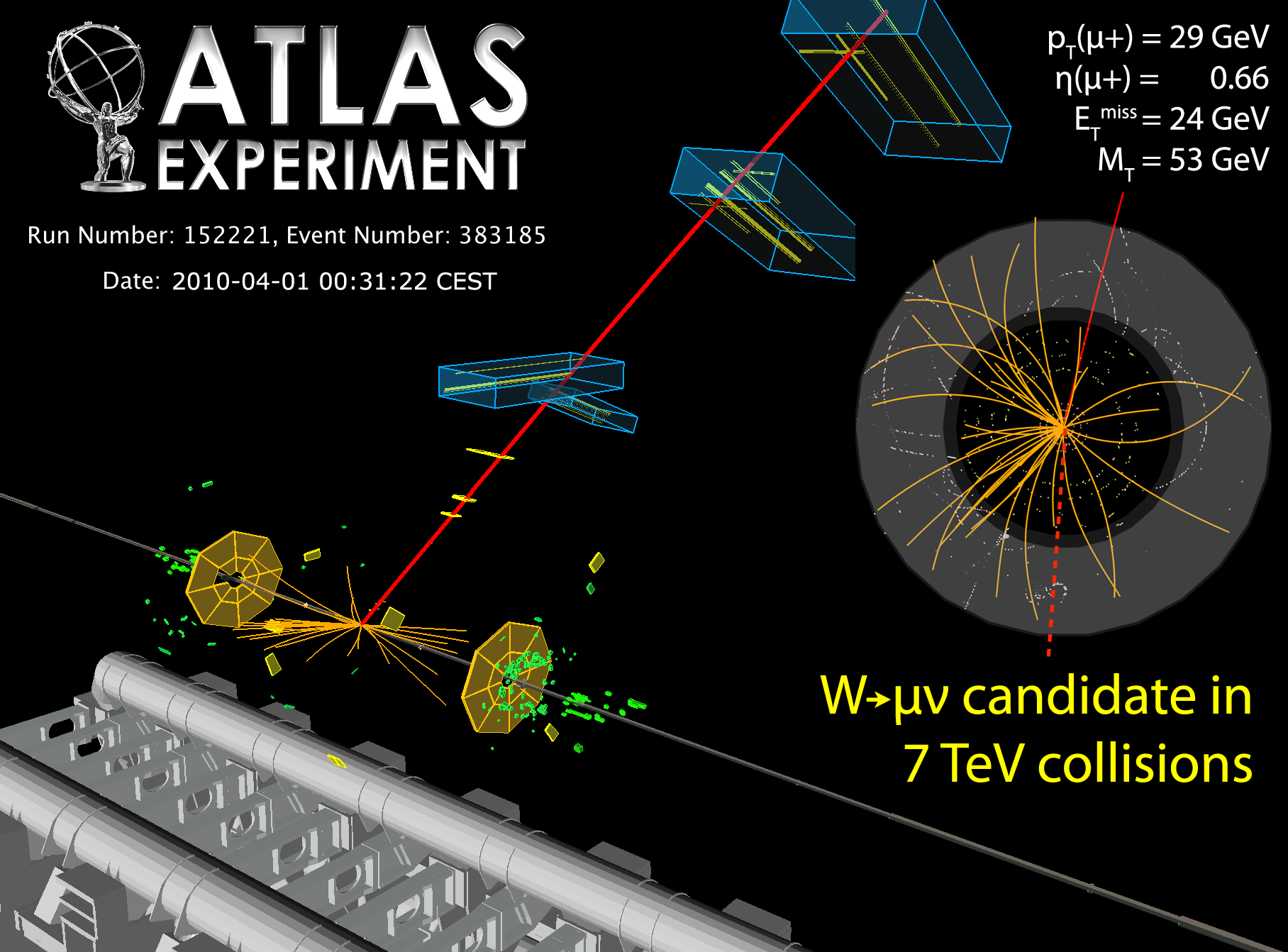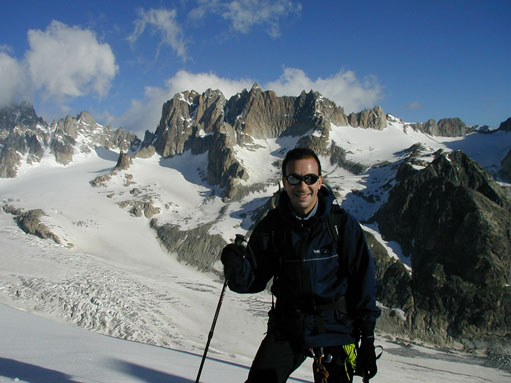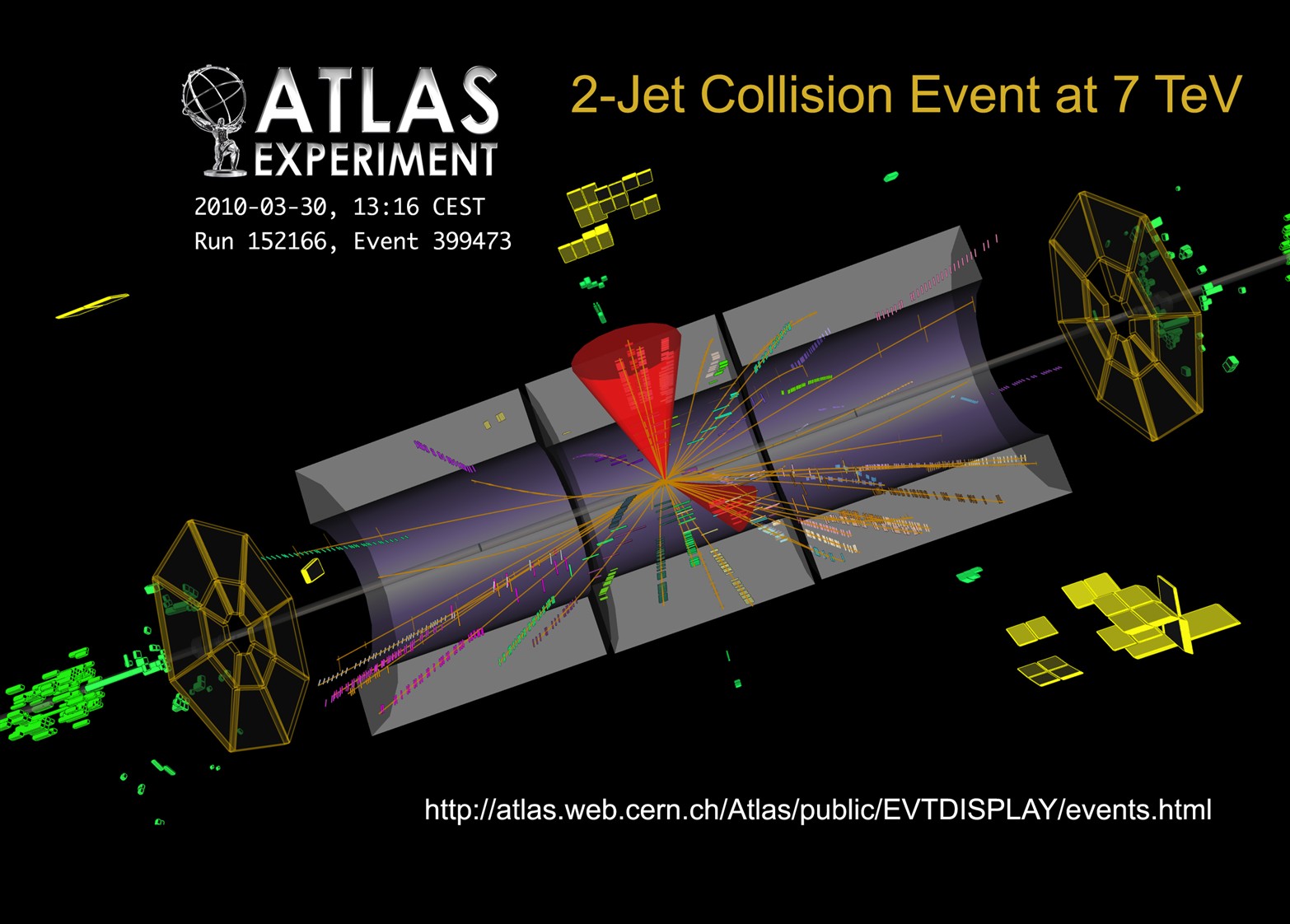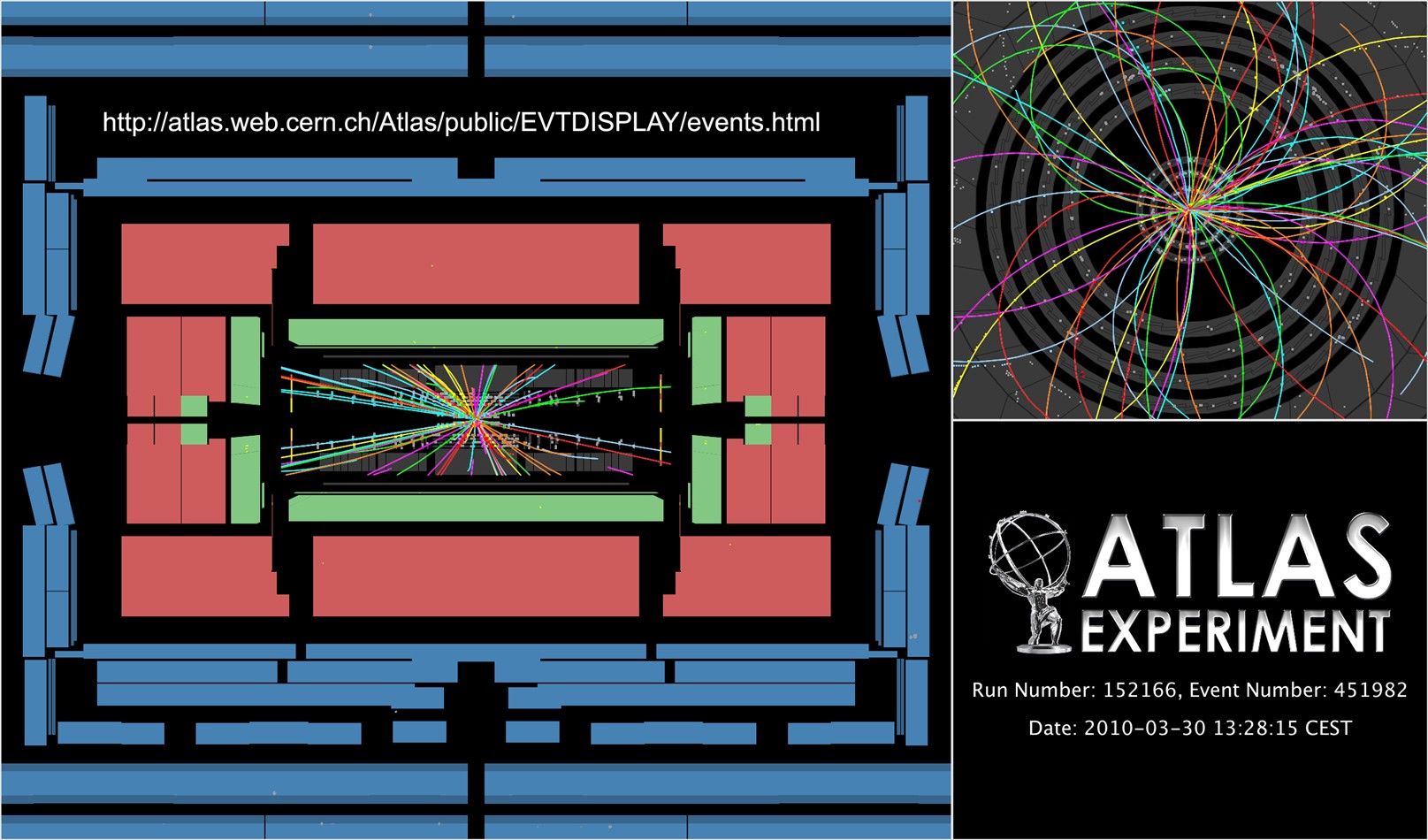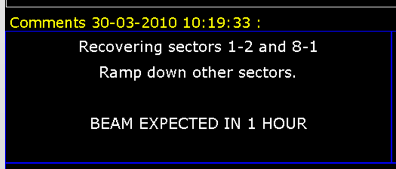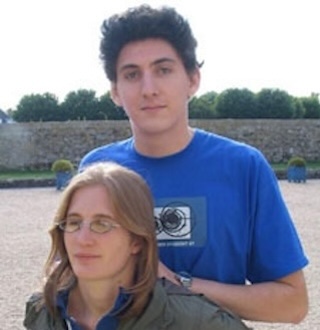Frederick Luehring
Profile |
Kathy Copic
Profile |
Elvar Karl Bjarkason
Profile |
The inverse picobarn threshold has been crossed in ATLAS!
Another milestone has been passed in the long run of ATLAS toward new physics. On Monday August 9, 2010 ATLAS has recorded the first inverse picobarn (pb-1) of 7 TeV collisions. The trend is good and we recently reached the 0.1 pb-1 per day of integrated luminosity (meaning that we can now collect in ~10 days the amount of data we have collected over the last 4 months).
Blog |
Bengt Lund-Jensen
Profile |
ATLAS starting to get on Top of things
ATLAS is about to check one more particle off of its Standard Model (SM) checklist. Namely the top quark. This famous quark is perhaps one of the most complex of the SM particles.
Blog |
Pascal Pralavorio
Profile |
Trevor Vickey
Profile |
Sleepless Nights Lead to First Results of 2010...
Do you hear that? The incessant typing? The coffee machines vending cup after cup? If you go to Building 40, or Building 32, Building 188, or to any one of the many graduate student offices around the world, you will hear the tap of key boards, the whir of disk drives, and even the occasional heated civil discussions with "elevated" voices.
Blog |
Mahsana Ahsan
Profile |
Conversations on Shift
When the detector is running smoothly, neighbors in the ATLAS control room sometimes get conversational. A few days back I was on shift, quietly looking at plots on the monitor in front of me, trying to decide if one small sensor was misbehaving or not. “I have a question,” the shifter next to me said.
Blog |
A new record run
In the evening of Saturday May 15, we have reached a new peak luminosity record of 6 1028 cm-2s-1
Blog |
Lucie de Nooij
Profile |
Nitesh Soni
Profile |
Putting the Squeeze on the Protons
It took a little bit of time, but the wait was worth it. The LHC has successfully achieved its first physics run with "squeezed beams"!
Blog |
One in a few million
ATLAS has been designed to detect rare events in high energy proton-proton collisions. ATLAS ultimate goal is to measure events as rare as one in several thousand billions, but we are modest (for the time being) waiting for the luminosity to rise.
Blog |
Rachid Mazini
Profile |
Its All About The Lumi!
Now that the LHC has established colliding stable beams at a center of mass energy of 7 TeV, the next step to maximize its physics reach is to provide the most luminosity possible. As Leo posted, we need to increase the number of proton - proton collisions to make sure we have a chance of seeing the physics that we are looking for. The reason for that is because different p.hysics processes have different probabilities. These probabilities are referred to as cross-sections (in a vague reference to the particle's size). If one multiplies a cross section by a luminosity than what you get is a number of events.
Blog |
Life Imitating Reality
I was home sick today, probably from the stress of getting ready for "M-Day" (aka Media Day), more likely though I finally succumbed to the cold that had been spreading through the Control Room. As it so happened, my laptop had been in the shop because it experience an "incident" (actually I just dropped it) last Monday (the week before Media Day), and I just picked it up yesterday.
Blog |
Increasing collision rate
Many collisions will be needed to unveil the secrets eventually hidden at the 7 TeV energy regime.
Blog |
Let The Physics Begin!
After decades of planning. After years of delays and immeasureable amounts of patience and hard work. The physics operations of the LHC has begun!
Blog |
First 7 Tev collisions have been recorded in ATLAS
After ramping of the beams to 3.5 TeV and tuning, final checks, and some emotions due to an unforeseen beam dump, the 7 TeV collisions finally appeared on the on-line monitors of the ATLAS Control Room.
Blog |
Expecting beam in 30 minutes!
During this morning LHC has been working to give us the beam conditions for collisions.
Blog |
Jean-Baptiste Blanchard
Profile |
How will it happen?
So how will this whole "First 7 TeV Collisions" event happen? Well, here is my (somewhat naive) understanding of what will happen.
Blog |







